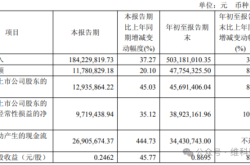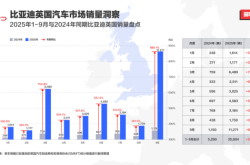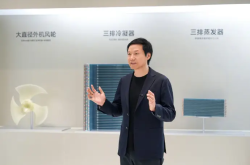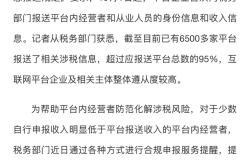Are Cars Embracing Intelligent Driving?
![]() 03/25 2025
03/25 2025
![]() 546
546
How will the market balance shift?
Would you forgo a car due to insufficient intelligence?
According to data from the Passenger Car Association of the China Automobile Dealers Association, mainstream joint venture brands sold 330,000 retail vehicles in February, marking a year-on-year decrease of 2% and a month-on-month drop of 33%. In contrast, independent brand passenger cars saw retail sales of 910,000 units in February, up 51% year-on-year, with a market share of 65.6%, an increase of 10.6% from the previous year.
The sluggish advancement in electrification and intelligence is seen as a significant factor behind the decline in market share for mainstream joint venture and foreign brands. To regain ground, these brands have recently unveiled a slew of product updates, swiftly addressing gaps in intelligent cabins and driving systems. However, Chinese brands are also rapidly progressing in intelligent driving, even extending the concept of intelligent driving equality to models priced below 100,000 yuan.
Competition in the realm of intelligent driving has never been fiercer.
"Counterattacking with Electrification and Intelligence"
Recently, foreign and joint venture automakers have unveiled more pragmatic electrification and intelligence strategies, aiming to regain market influence.
The first step involves introducing a stronger product lineup. Take the Volkswagen Group as an example: from 2025 to 2027, it plans to launch approximately 40 new models in the Chinese market, over half of which will be electrified products. By 2030, the Volkswagen Group will introduce more than 30 pure electric vehicle models in China.
Volvo has also presented a robust product lineup. According to plans, Volvo will launch seven new models this year, comprehensively covering fuel, plug-in hybrid, and pure electric models, signifying the deepening of Volvo's new energy strategy. "We hope that through these seven products, consumers will rediscover Volvo," Yu Kexin, President of Volvo Cars Greater China Sales Company, told China News Weekly. Volvo is an industry leader in intelligent driving, having achieved L2+ autonomous driving capabilities as early as 2015.
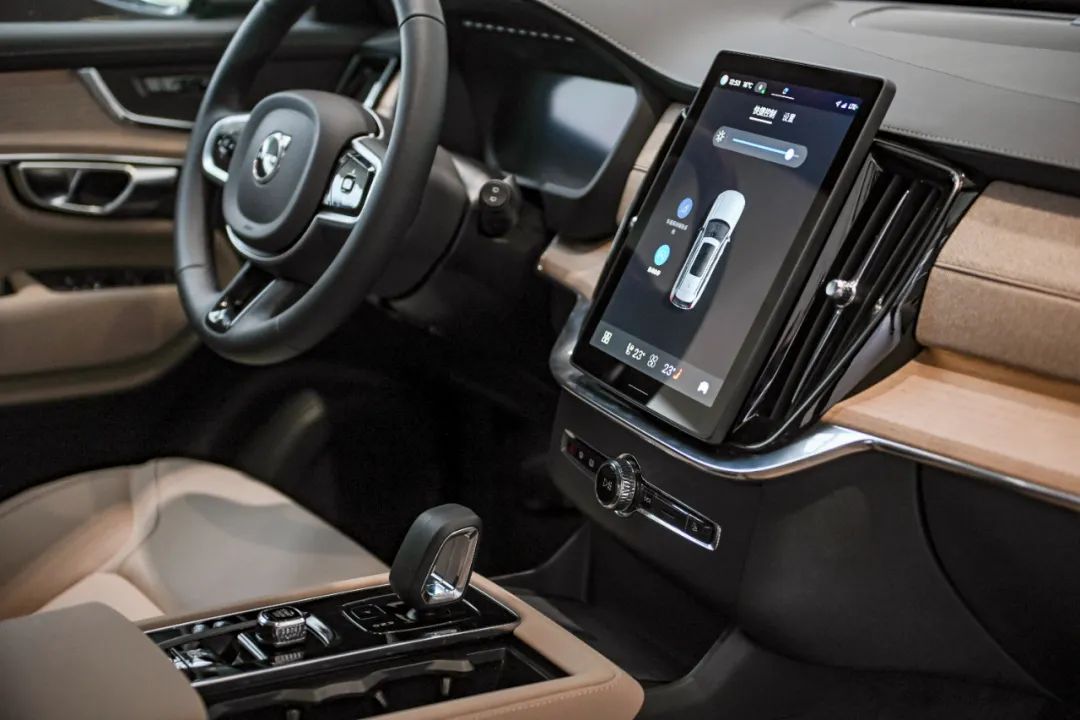
Image source: Volvo
"When physical safety is combined with intelligent cabins and driving, it's a 1+1>2 scenario," Yu Kexin noted. In recent years, competition has often centered on intelligent cabins and driving, regardless of whether electric, hybrid, or fuel vehicles are chosen. If intelligent cabins and driving achieve parity, brands will compete solely on their reputation.
Simultaneously, adopting mature solutions from China's technology ecosystem has become the optimal choice for joint venture brands to swiftly address their shortcomings. For instance, Dongfeng Nissan and GAC Toyota have announced their partnership with Momenta for intelligent driving.
On March 1, Dongfeng Nissan officially unveiled the all-new Tianyan architecture. The first pure electric model, Nissan N7, developed under this architecture, will be equipped with Momenta's latest large model. The intelligent driving system employs an end-to-end solution, achieving closed-loop control from perception to decision-making and execution. Dongfeng Nissan emphasizes "In China, for China" and will continue to invest 10 billion yuan by 2026, expanding its R&D team to 4,000 people.
On March 6, GAC Toyota launched the Bozhi 3X, priced from 109,800 yuan (starting price of 104,800 yuan after rights). In terms of elements requiring trade-offs, such as intelligence, space, and quality, GAC Toyota has spared no expense. In terms of hardware, Bozhi 3X is equipped with a sensor matrix including LiDAR and carries the OrinX, which boasts nearly eight times the computing power of entry-level high-end intelligent driving chips, providing the limit of computing power within the cost control range. In terms of software, the vehicle is equipped with Momenta's latest "one-stage end-to-end" high-level intelligent driving large model. GAC Toyota stated that this intelligent driving large model can currently achieve "human-like driving." "If the methodology of the joint venture 1.0 era is no longer effective, then we must actively respond to market changes and initiate a new round of fusion under the joint venture 2.0 system," said Wen Dali, Executive Deputy General Manager of GAC Toyota.
On the other hand, FAW-Volkswagen made a high-profile launch of the all-new Tanyue L on March 1. As the first "fuel intelligent driving car" launched this year, the all-new Tanyue L is equipped with IQ.Pilot high-level intelligent assisted driving.
It is understood that IQ.Pilot high-level intelligent assisted driving is jointly developed by FAW-Volkswagen and Zhuoyu Technology (formerly DJI Auto), equipped with a 9V5R12U intelligent driving hardware solution. This is a multi-sensor fusion solution, specifically including 9 cameras, 5 millimeter-wave radars, and 12 ultrasonic radars. Besides intelligent driving, the intelligent cabin is also a core highlight of the all-new Tanyue L. The cabin of the all-new Tanyue L features the 5+X multi-screen and multi-mode interaction system, equipped with a 15-inch 2K center console screen, complemented by an 11.6-inch co-pilot infotainment screen and a 10.25-inch full-digital LCD instrument, including aspects such as light and voice interaction. It is understood that the all-new Tanyue L is equipped with the Qualcomm 8155 chip and deeply integrates the DeepSeek large model.
SAIC Volkswagen is also continuously advancing the intelligence of fuel vehicles. As early as last year when the Tiguan L Pro was launched, SAIC Volkswagen stated that the car was known as the "smartest fuel vehicle," with upgrades to intelligent driving and comfort configurations favored by Chinese consumers. One of the biggest highlights is the L2+ level intelligent driving system developed with the participation of DJI Auto.
On March 10, when SAIC Volkswagen's Teramont Pro was officially launched, it was also mentioned that the Teramont Pro is equipped with Volkswagen Group's new generation of IQ.Pilot intelligent assisted driving system, featuring functions such as intelligent follow, lane keeping, lever lane changing, and obstacle avoidance, reaching L2+ level intelligent driving assistance technology.
For joint venture brands, the user base is anticipated to become a "strategic buffer zone" for counterattacks. According to data from the National Information Center, ordinary joint venture fuel vehicle users exhibit a high interest in choosing new energy vehicles from joint venture brands again, accounting for over 62%. If joint ventures can achieve breakthrough improvements in vehicle performance, quality, intelligent configurations, and exterior design, theoretically, it is hopeful to successfully maintain the original market share and even achieve a certain degree of recovery.
Chinese Automakers: Pushing Intelligent Driving Competition to New Heights
While traditional joint venture brands continue to evolve in intelligence, Chinese automakers are pushing the competition in intelligent driving to new heights. Since the beginning of this year, many automakers have announced their intention to make technology benefits accessible to more consumers, with intelligent driving equality becoming a common goal for domestic automakers.
On the evening of March 18 alone, three automakers—Chery, GAC Aion, and Zeekr—announced their strongest capabilities and latest products in the field of high-level intelligent driving.
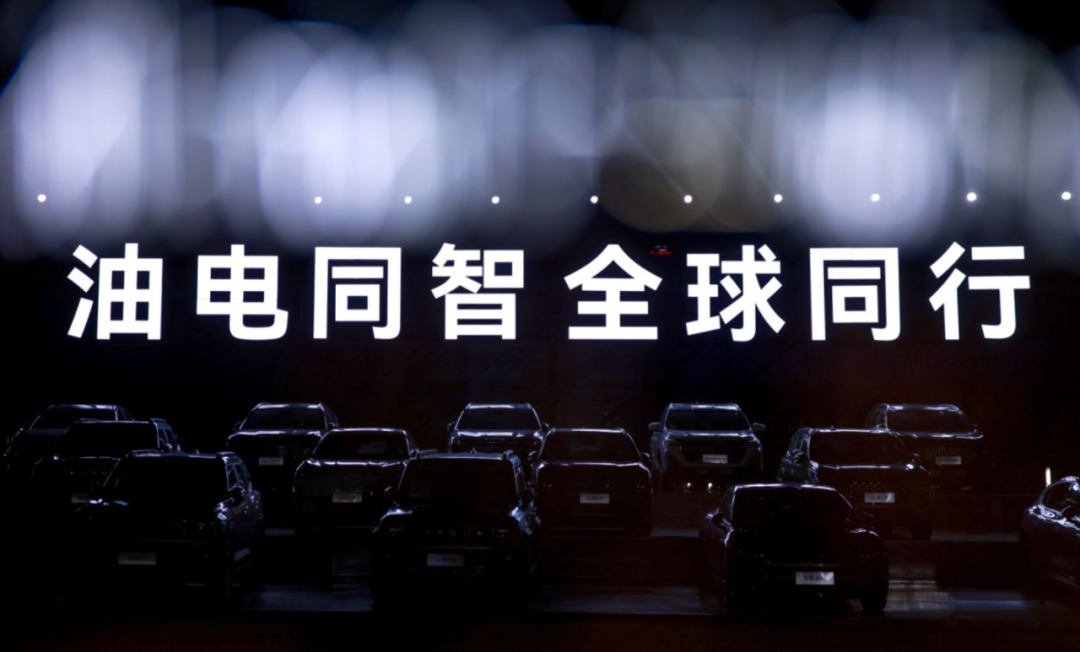
Image source: Chery Automobile
Chery not only unveiled its intelligent strategic plan, showcasing the latest core technological achievements such as Falcon Intelligent Driving, humanoid robots, and intelligent cabin large models. The Chery Xiaoant Intelligent Driving Edition is the first to bring the threshold of intelligent driving equality down to the 60,000 yuan level. The model will be equipped with 23 intelligent driving functions, including automatic and remote parking, and high-speed NOA navigation, allowing young users to enjoy top-tier intelligent driving experiences with entry-level budgets.
GAC Aion released the NDA4.0 City Navigation High-level Intelligent Driving, expanding its availability to six major scenarios, including parking space to parking space, highway toll stations, extremely narrow parking spaces, sandy construction sites, lanes with disordered lane lines, and tidal lanes, achieving the ability to drive with navigation, with a full-scenario coverage rate exceeding 99%.
Feng Xingya, Chairman and General Manager of GAC Group, believes that this year may become the first year of L3 intelligent driving. "There will definitely be L3-level intelligent driving models by the end of this year, and GAC will start selling products equipped with L3 intelligent driving functions by the end of the year. Especially in the ToB segment, there will be more and more intelligent driving models related to online car-hailing," Feng Xingya told China News Weekly.
Zeekr officially launched the Zeekr HAO Space Intelligent Driving 2.0, a full-scenario intelligent driving pilot function from parking space to parking space. Besides capabilities such as full-speed activation, full-gate passage, and full-scenario intelligent parking without limited parking spaces, another highlight is its ability to pass the G-AES universal obstacle continuous avoidance challenge at a speed of 120 km/h under full-black road sections with high beam interference, oblique accident vehicles, and pedestrians crossing.
Prior to this, BYD announced that the "Celestial Eye" intelligent driving system will cover its entire model line, from the million-yuan priced Yangwang U8 to the 69,800 yuan Haiou Intelligent Driving Edition, all standard with high-speed NOA (navigation-assisted driving) functions. Changan Automobile released the intelligent strategy "Beidou Tianshu 2.0" plan, an upgrade to the "Beidou Tianshu 1.0" strategy released in 2018 and implemented for seven years. Changan revealed that it will launch a model equipped with LiDAR and priced at the 100,000 yuan level in August this year, supporting AEB collision avoidance at 135 km/h.
Although traditional joint venture brands have recognized the importance of intelligent transformation and taken action, 2025 will still be a challenging year. Intelligent transformation requires accurately grasping market demand and user preferences. The success of domestic automakers in the field of intelligence to date largely benefits from their deep understanding and rapid response to user needs. Currently, new forces and independent brands continue to push boundaries, and market competition is intensifying. Traditional joint venture brands must not only accelerate technology research and development to narrow the gap but also comprehensively optimize market strategies and user services to adapt to evolving market and user needs.

